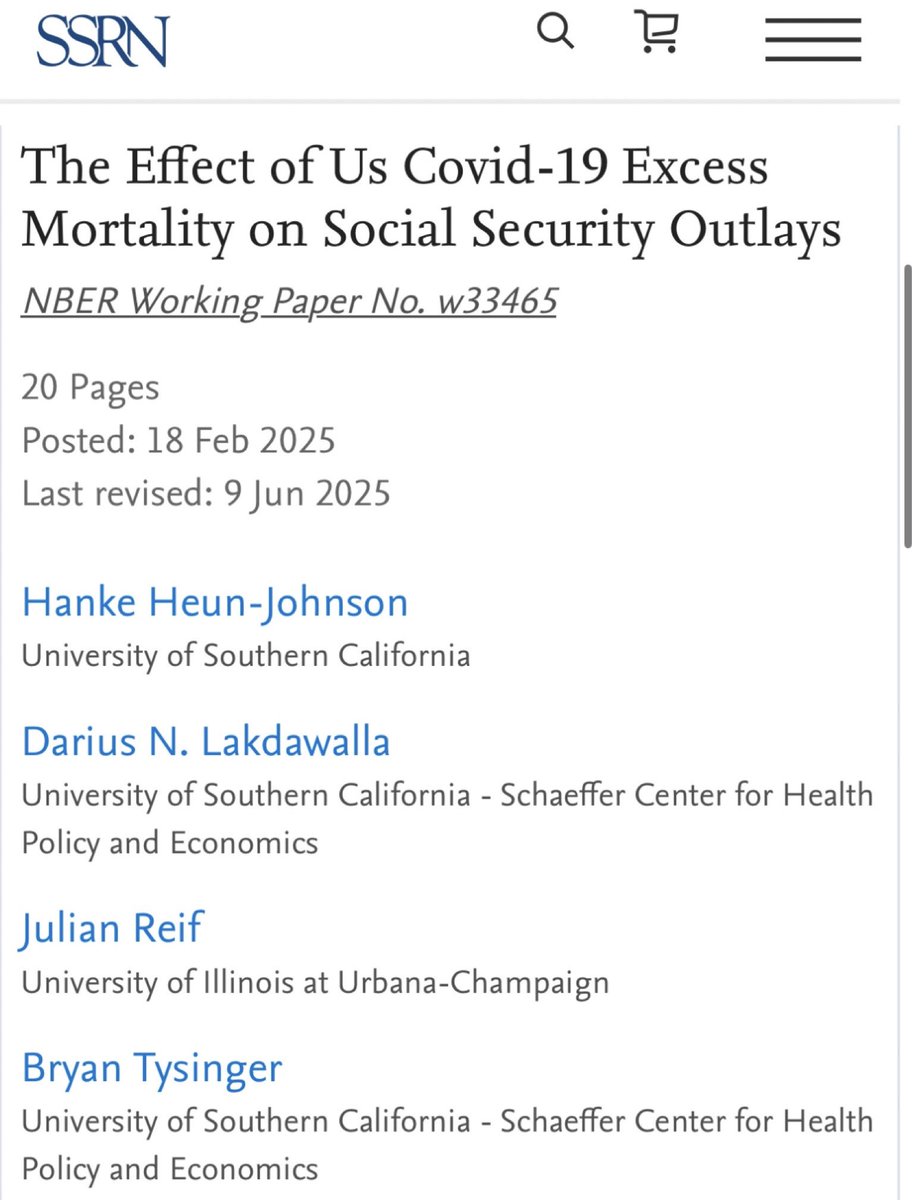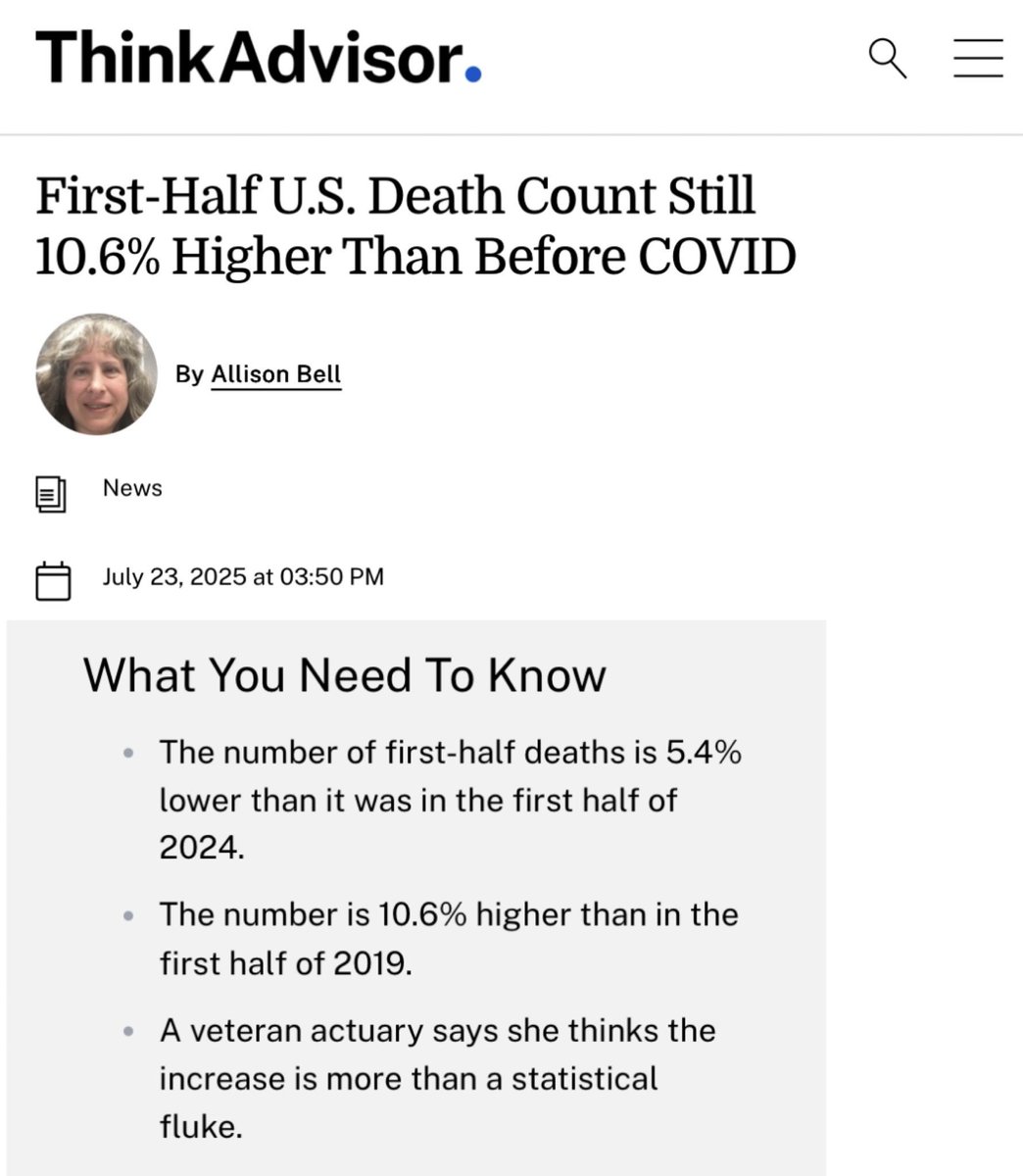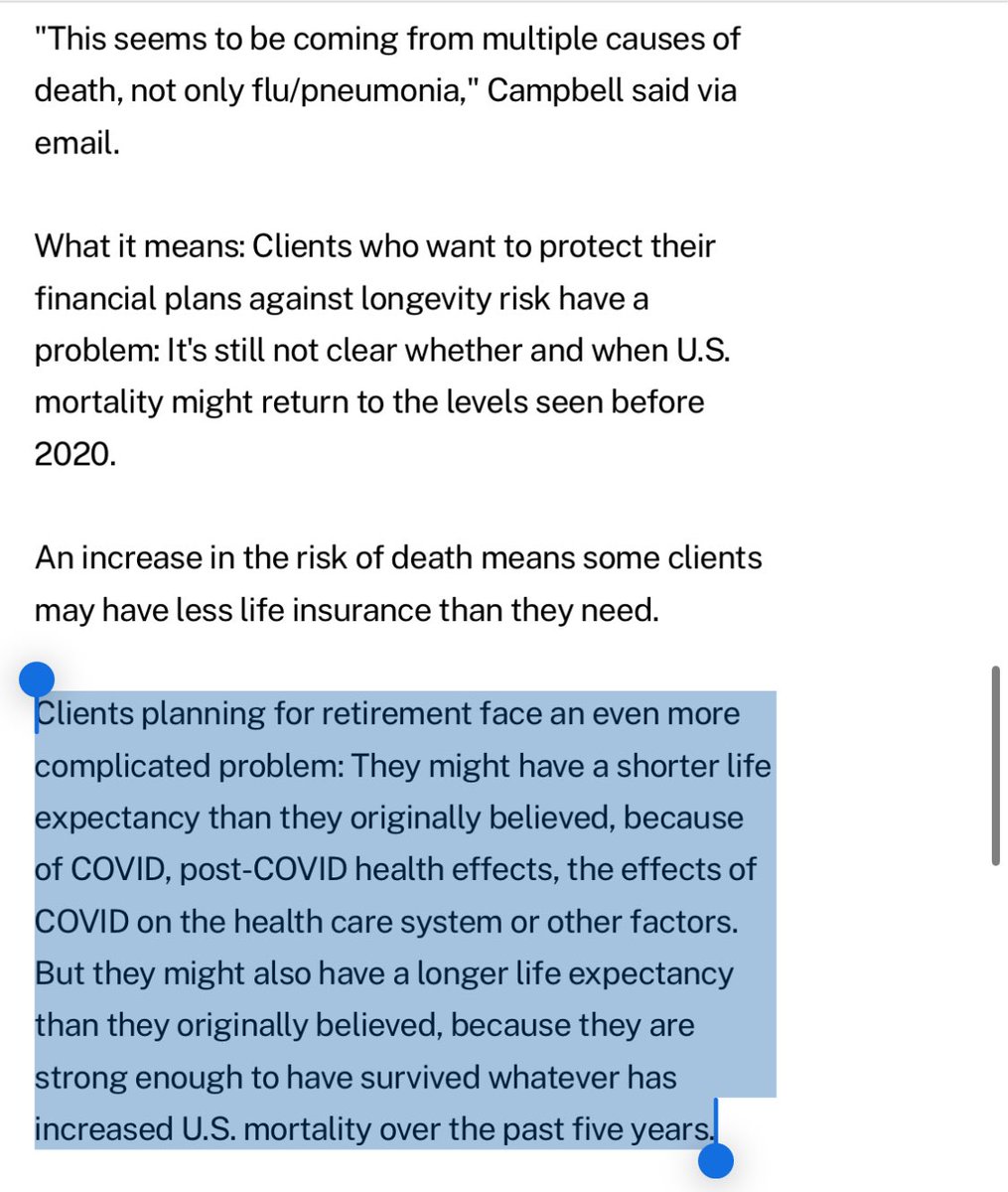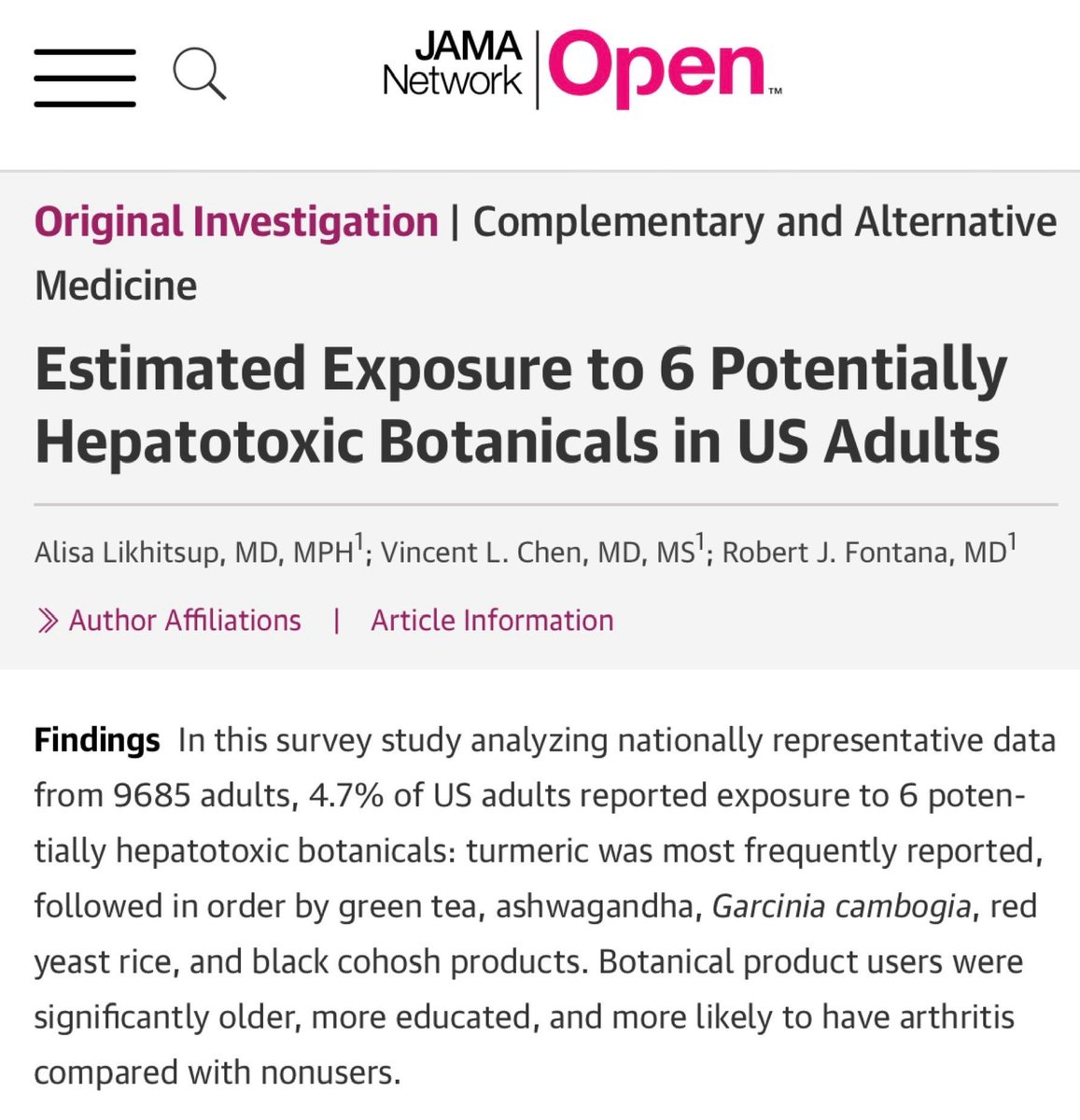People get really worked up when there’s a suggestion that pro athletes absences or performance issues *might be due to COVID or LongCOVID, but when these athletes careers’ are ruined and COVID LongCOVID were key contributing factors, those same people have nothing to say.
1/
1/

Ryan Bertrand was a very good English Premier League player and English International. In 2021 he made a big move to Leicester and contracted COVID before the season started.
It kept him out for weeks despite the notion that athletes have superior immune systems.
It kept him out for weeks despite the notion that athletes have superior immune systems.
He tried to return to training but suffered from persistent migraines which would stop training, which in turn caused him trouble regaining his fitness, paramount to a professional footballer. 6 weeks apparently and not feeling right, which led to a string of events…
He continued trying to play and tore his meniscus which required surgery. The expected time table was about a month, but the surgery didn’t go well, it got infected and he required 4 knee operations in total and after 18 months at his new club, he retired from football.
Did COVID cause his knee tear and subsequent infection & further operations? I have no clue, but I do know that suffering from LongCovid effects which ruined his fitness while trying to play through it sure did, and caused his career to end prematurely.
leicestermercury.co.uk/sport/football…
leicestermercury.co.uk/sport/football…
I don’t expect any Americans to care if they’re not familiar with EPL but he was a very good player. I also don’t expect many British fans to care too much because to them he wasn’t “great.” I don’t really expect anyone to care at all because it was LongCOVID.
So, who cares?
So, who cares?
• • •
Missing some Tweet in this thread? You can try to
force a refresh











